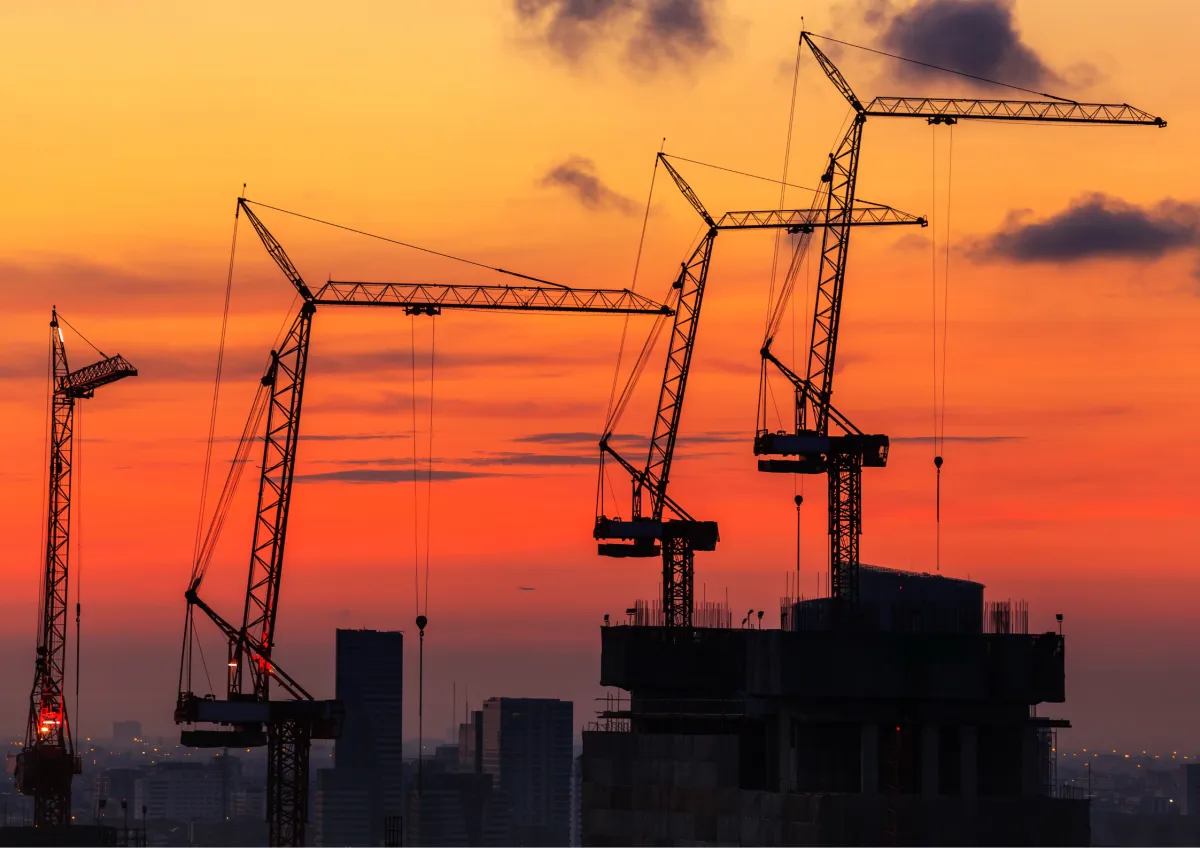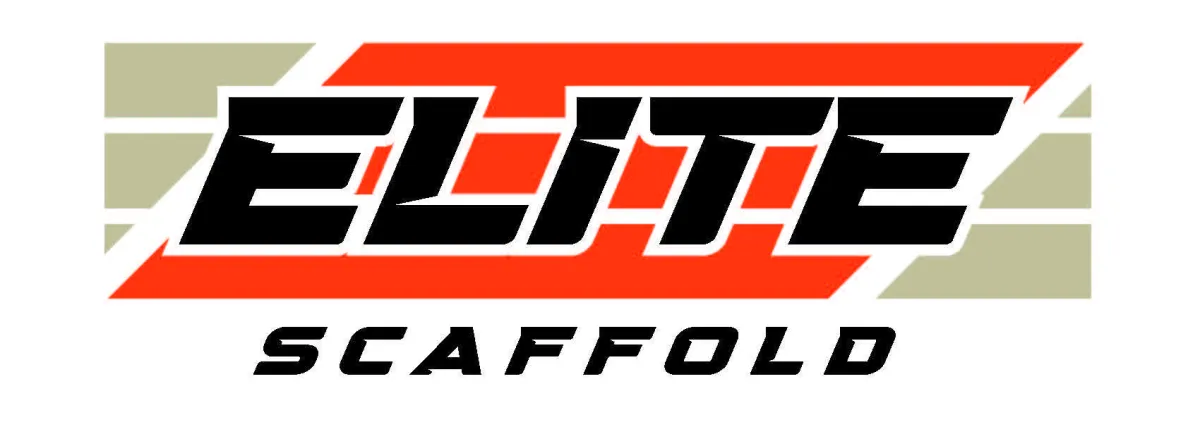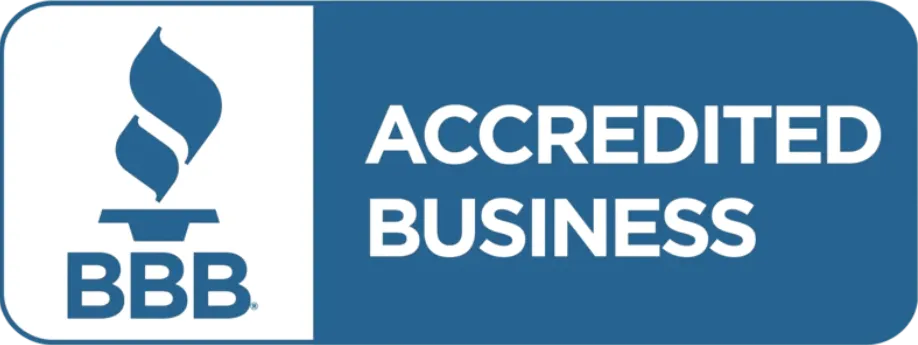A Detailed Guide to Scaffolding Rental
Scaffolding is essential equipment for nearly every construction project in San Jose. It’s a temporary yet sturdy framework that significantly improves safety, efficiency, and accessibility for construction and maintenance tasks. Unlike ladders, scaffolding provides a stable platform that doesn’t need constant repositioning making it safer and more practical.
If you've ever visited a construction site, you've likely seen scaffolding in action. Construction workers rely heavily on scaffolding to safely handle tools, equipment, and materials such as heavy drills, concrete blocks, and hammers at elevated heights. Without proper scaffolding, working at height can be extremely challenging and risky.
From small buildings to large skyscrapers, scaffolding is the backbone of safe and successful construction projects. Understanding how to select, rent, and erect scaffolding correctly can ensure your San Jose construction job proceeds smoothly and safely.

How to Safely Set Up Scaffolding for Your San Jose Project
Scaffolding simplifies construction by providing workers a safe and efficient way to move around a job site. To ensure you’re erecting scaffolding correctly for your San Jose project, follow this clear step-by-step guide. This guide also covers important details and safety tips you should know before starting.
Step One: Choose the Right Scaffolding
The first essential step is selecting the right scaffolding rental company in San Jose, California. Always choose scaffolding constructed from durable, high-quality materials since it's designed not only to support workers but also to safely hold construction tools and equipment.
Pay special attention to guardrails, these are critical safety features attached to the scaffolding's top frame. Guardrails help prevent workers from falling and are vital for workplace safety.
Before accepting scaffolding, conduct thorough inspections and promptly reject any damaged or defective parts. Always request immediate replacements for damaged components.
For convenience, here are some of the most commonly used scaffolding types available in San Jose:
Frame Scaffolding
Rolling Scaffolding
Tube and Clamp Scaffolding
Suspended Scaffolding
Systems (Modular) Scaffolding
Selecting the appropriate scaffolding type and carefully verifying its condition will significantly improve safety, efficiency, and success on your construction project.
Step Two: Erecting Your Scaffolding
While erection procedures vary slightly depending on the scaffolding manufacturer, the general steps to safely set up rolling scaffolding remain consistent. Follow these standard steps to ensure your scaffold is secure and stable:
Secure a Stable Foundation:
Place your scaffolding on solid, level ground. If the site has slopes or uneven terrain, use leg extensions to achieve stability.Select and Lock Casters:
If your project requires moving scaffolding frequently, attach casters to its legs. Always confirm each caster is securely locked in place before proceeding.
Step Three: Assembling the Scaffold Frames
Once your base is secure, it's time to assemble the scaffolding frames:
Pre-Assembled Frames:
Raise both sides carefully into position, ensuring they're securely upright.Tube-and-Clamp Assembly:
If assembling scaffolding manually, carefully connect tubes and lock clamps firmly in place. Attach cross-braces between both sides, adding extra braces if needed for greater structural rigidity and safety.
Step Four: Ensuring Scaffold Stability
Before allowing anyone onto the scaffold, confirm its stability and balance:
Check that the scaffold structure is perfectly level and stable.
If the scaffolding must be repositioned, always re-check its stability and levelness after each move.
Ensuring the scaffold is stable and level is essential otherwise, it could collapse or pose a serious safety risk. Always perform these checks thoroughly and regularly to guarantee a safe working environment.
Step Five: Positioning the Supporting Platform
After confirming that your scaffolding structure is stable and properly braced, it's time to position the platform. The platform or planks will support both your workers and construction materials, so ensure they're securely fastened on top of the scaffolding frame. Properly secured platforms prevent movement, significantly reducing risks of accidents or falls.

Step Six: Ensuring Safe and Easy Access
Safe, straightforward access to your scaffolding is crucial. One effective solution is using ladders specifically designed for scaffolding, ideally equipped with secure handrails and slip-resistant treads. Easy access doesn't just improve convenience, it also reduces risks like tipping and enhances overall safety, helping your workers navigate efficiently and safely around the job site.
Step Seven: Inspecting and Testing the Scaffolding
The final step before use is performing a thorough inspection to ensure that every scaffold component frames, braces, platforms, and base is firmly secured. Remember, inspection isn't a one-time event; it's essential to continuously monitor scaffolding conditions, especially when heavy equipment or materials are frequently used. Regular checks help you quickly detect, repair, or replace any damaged parts, maintaining scaffold safety and integrity throughout your project.
By following these seven essential steps, you’ll confidently erect safe and reliable scaffolding for your construction project in San Jose. Although minor adjustments might be necessary depending on your scaffold type, the core process and sequence remain consistent, ensuring effective and secure scaffolding every time.
Scaffolding Prices: What to Expect
Scaffolding costs in San Jose primarily depend on the material used and the scaffolding company you select. It's crucial to partner with a scaffolding provider that offers competitive pricing while fully understanding your project's requirements and timeline. The right provider will not only give you the best value but also deliver the most suitable scaffolding solution tailored specifically to your needs.
Safety Precautions When Using Scaffolding
Working with scaffolding involves risks, making safety precautions absolutely essential. Always ensure you’re renting scaffolding from a reputable company in San Jose, California, that provides sturdy, properly constructed equipment. Avoid scaffolding that has any loose parts, unstable boards, or incorrect assembly. Most importantly, your scaffolding should include secure guardrails especially if your workers will be operating several feet above ground to prevent falls and ensure safety throughout your project.
Advantages of Renting from Scaffolding Companies in San Jose
Now that you’re familiar with scaffolding types and erection methods, you might be considering purchasing your own scaffolding. However, buying scaffolding can be extremely costly, especially if you're managing multiple projects simultaneously. Renting scaffolding from professional companies in San Jose offers a more practical and cost-effective solution.
Not only do these companies provide a variety of scaffolding options suitable for every project type, but they also offer expert guidance and professional installation services. Renting scaffolding ultimately saves you money, time, and ensures safety and compliance on your construction site.

ASK ME ANYTHING!
CLICK TO TALK TO OUR AI AGENT - 24/7

FOLLOW US
Copyright 2025. Elite Scaffold. All Rights Reserved.
